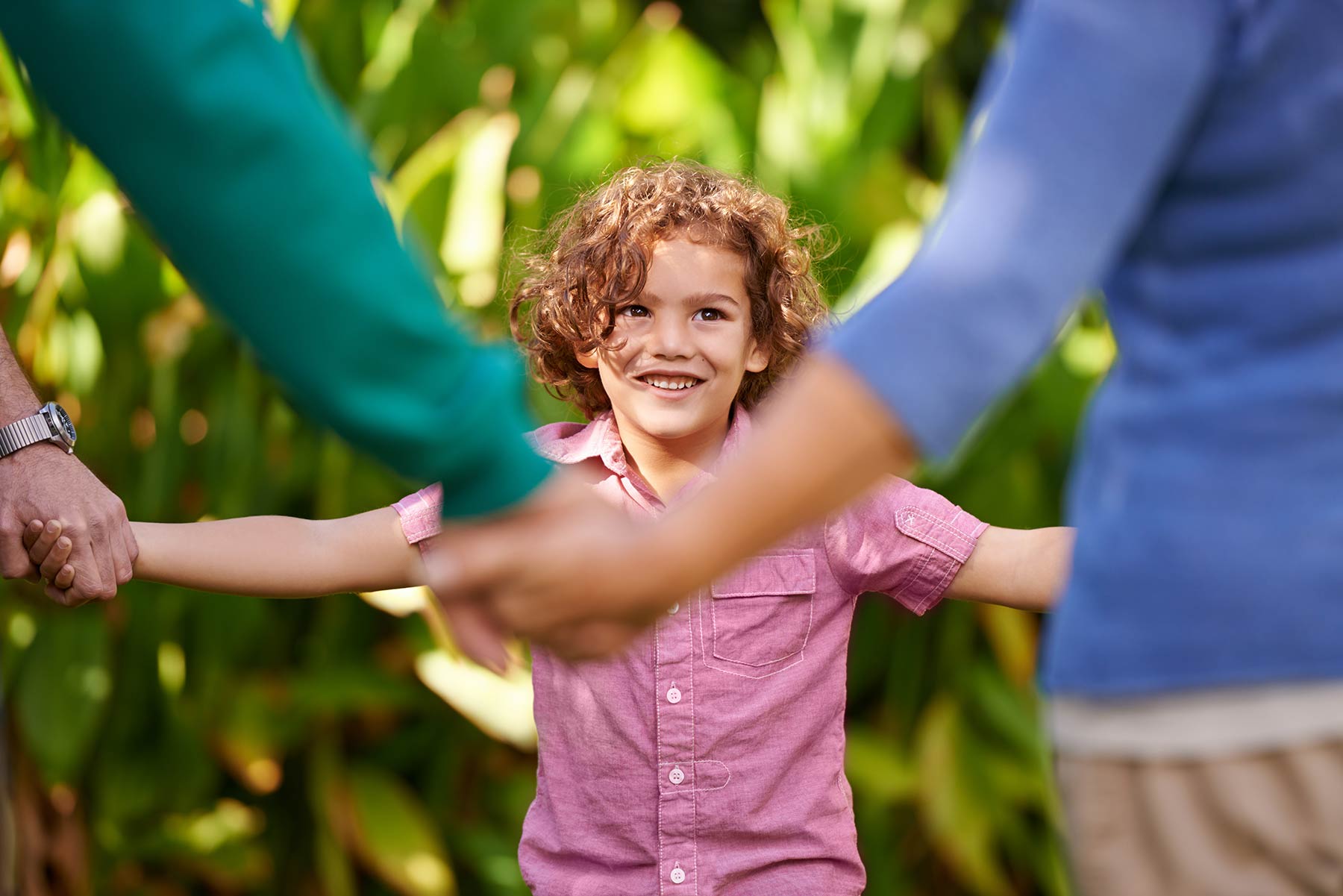
Recently, I became aware of a phenomenon that I have experienced many times in my life, although I have never really understood its significance until now. Over the years, even in childhood, I realized that there was always sadness and stress when I had to say goodbye. Recently, I was sitting in the living room with my parents getting ready to leave for the ferry. Again, I felt that familiar mixture of sadness, stress, and emptiness that had accompanied me already since my childhood. This time, I decided to stay with the feelings, rather than push them away, I became aware that I often have this feeling during transitions.
Now that I am older, I have learned that a safe connection in a relationship releases dopamine and oxytocin; this chemical release contributes to a feeling of connection and well-being. Every change in our environment causes a chemical change; our body continually readjusts as we engage or disengage with people around us. Perhaps, the best example is the concept of the “Christmas blues”. Leading up to Christmas, we are socializing, buying presents, and eating our favorite foods; however, when the holidays are over, we feel a bit down as we adjust to our daily routines again.
As I become more aware of how I handle changes in my surroundings and routines, I start to understand how much more anxiety or stress children can feel in those same situations. Kids experience emotions so much more intensely than adults as they are still in the process of learning how to self-regulate their anger, sadness, loneliness, anxiety, etc. When our children experience anxiety or stress, their emotions are intensified, and therefore, they need more of a connection with family and friends in order to get through the transitions. It’s important for us adults to model self-regulation and assist children in developing their own range of skills.
On a smaller scale, this may mean giving children a ten-minute warning before turning off the computer games. During that transition period, take some time to sit with them and ask questions about the game as they shift their attachment from the game to you. On a bigger scale, changing schools can be a very big transition, wrought with worries and fears that translate into stress. Asking to meet the teacher beforehand and allowing the student to connect with a new teacher assists in establishing greater safety as a child experiences a new classroom environment.
By assisting our children through transitions, they learn that stress and anxiety are a part of life that does not have to be a constant. With our help, they will learn how to overcome stressful moments on their own; this is when co-regulating becomes self-regulation. Regardless of how competent our children become at handling their emotions, they will always need someone who believes in them and supports them through both ups and downs.



